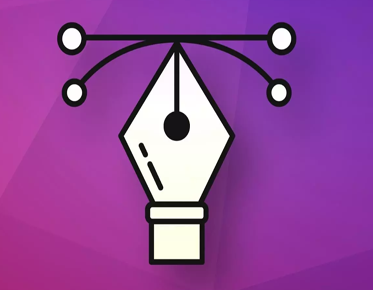The Future of Embroidery Digitizing And Its Potential Applications
Embroidery digitizing refers to the
transformation of an image or design into a digital format that can be easily
interpreted and processed by an embroidery machine. The embroidery digitizing industry has come a long way since its
inception, and with the advent of new technologies and software, the future
looks promising for the growth and development of this industry. In this blog
post, we will take a closer look at the future of embroidery digitizing and its
potential applications.
The first and foremost trend that we can expect in the future of embroidery digitizing is the use of artificial intelligence (AI) and machine learning. AI and machine learning algorithms are being developed to automate the digitizing process, allowing for quicker and more precise conversions of designs into digital files. This technology will also make it possible to reduce the cost of digitizing services and make them more accessible to a wider range of customers.
Another trend we can expect to see in the future of embroidery digitizing is the use of 3D printing technology. 3D printing technology has been making waves in the manufacturing industry and is now being integrated into the embroidery digitizing process. This technology will allow for the creation of three-dimensional designs that can be stitched onto fabric and other materials, offering a new level of customization and design possibilities.
The use of virtual reality (VR) and augmented reality (AR) technology is also set to revolutionize the embroidery digitizing industry. This technology will allow customers to preview their designs in a virtual environment, making it possible to see how the design will look before it is stitched. This will be especially useful for customers who are unsure about the placement of a design on a particular piece of clothing or fabric.
Another potential application of embroidery digitizing is in the creation of wearable technology. With the rise of the Internet of Things (IoT) and the increasing popularity of wearable technology, the demand for smart clothing and wearable devices is set to skyrocket. Embroidery digitizing can be used to create custom designs for these wearable devices, offering a new level of personalization and customization.
The use of embroidery digitizing in the fashion and apparel industry is also set to increase in the future. Custom embroidery is becoming increasingly popular among fashion designers and consumers, and with the use of digitizing technology, the creation of unique and intricate designs is becoming more accessible. Digitizing technology is also making it possible to produce designs faster and with greater accuracy, allowing fashion designers to bring their creative vision to life more easily.
Finally, the use of embroidery digitizing
in the home décor industry is set to grow as well. Embroidery designs can be
used to add a touch of personalization to curtains, bedding, cushions, and
other home textiles, making them more appealing to customers. The use of
digitizing technology will make it easier for home decor businesses to create
and sell these personalized products, increasing the overall demand for
embroidery digitizing services.
The future of embroidery digitizing looks
promising, with the use of new technologies and software driving the growth and
development of this industry. The potential applications of embroidery
digitizing are vast, from wearable technology and fashion design to home décor
and more. With the advancements being made in this field, we can expect to see
a continued increase in the use of embroidery digitizing in the coming years.



